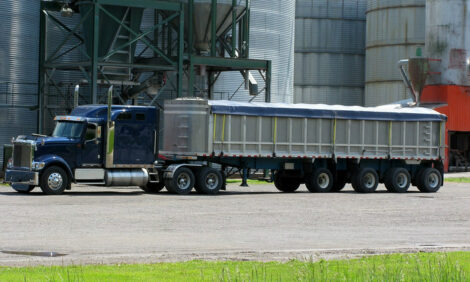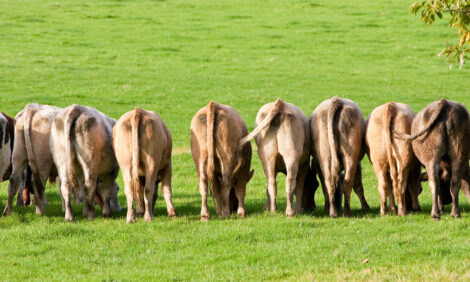



Assess Silage Stocks to be Aware of Shortfalls
UK - With winter forage stocks under pressure on many farms it is vital to carry out an accurate assessment of silage stocks before buying in more feed, according to DairyCo extension officer Tom Goatman.“Calculating the amount of forage you have before setting off to buy other feed stocks will mean you can make sure you do not spend money on bought-in feed that you may not actually need,” explains Tom.
“The first step is to calculate the available stock in your clamped silage, once this is done the next step is to work out your herd’s current daily silage requirements. This calculation is the number of stock in each particular group being fed silage multiplied by the silage Dry Matter intake of this group in kg/head/day.” You can find more information on this in DairyCo’s Feeding+ section three, Planning your feeding.
“When you know there is a need to buy extra feed stocks make sure that you get the best value for your money, looking not just at quantity but also quality.”
If there is pressure on forage stocks check some of the following areas:
- Minimise waste in the clamp area by ensuring excellent clamp face management.
- Utilise moist feeds if available and cost-effective as a forage substitute (take specialist advice to ensure the ration is correctly balanced and contains adequate structural fibre).
- Test individual clamps as you move through the clamp so you know where your best quality silage is. You can then target the best quality silage to fresh calved/higher yielding cows and youngstock.
- Ensure mixed rations are prepared as close to feed out time as possible – avoid preparing them the night/morning before to help avoid heating, spoilage and rejection.
- Consider reducing the silage component in the diet of late lactation and far off dry and youngstock and replacing it with straw if available (again, get specialist advice to ensure a balanced ration is maintained).
- Reducing the daily forage requirements by culling problematic, poor performing animals.
It is vital to make accurate calculations in order to make sure any changes to the feeding system are cost-effective.
TheCattleSite News Desk


